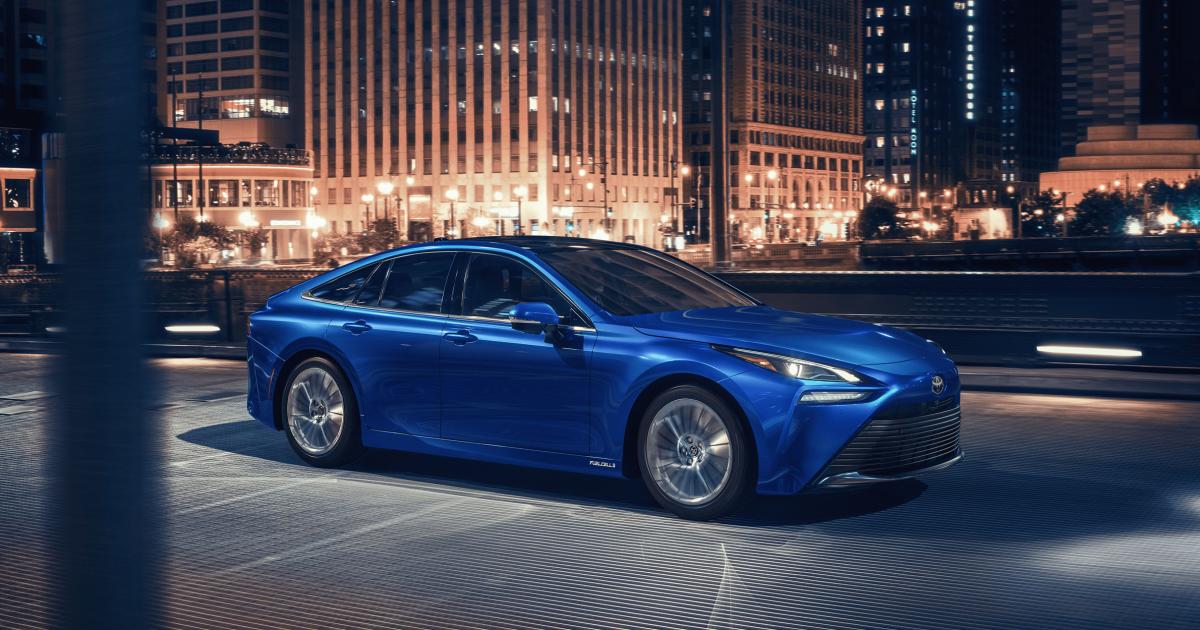Trying to populate the site with content. :)

The article mentions they’ll do this with “new technology” but following the links I can’t find any specific details on what they’re referring to. 600 miles of range is a sizable jump from current standards, but it sounds like they’re just stating the obvious that eventually we’ll hit 600+ miles of range as batteries improve.
To me, the biggest improvements will continue to be charge times. Right now there’s such a hard barrier with BEVs when your trip crosses the threshold from “just have to charge before and after” to “have to plan where to stop for hours to charge.”

Meh. I don’t think BEVs will have more than 30% of market share in the future. And claimed range is something BEVs have been doing very well, while HEVs or even Hyrogen-Combustion don’t have to claim much, they just do…

what’s the point? the majority of people for the vast majority of trips don’t need even 100 miles

And not everybody has a house with a garage where they can charge overnight. I don’t want to have to look for a free charging point and wait around 30 minutes every few days. Also sometimes you actually need to drive far and a short range would be inconvenient or straight up impossible to manage if the charging infrastructure is not good. For example, I live in Bulgaria, in an apartment building without a garage. Even tho it is a small country, it’s quite easy to be very far away from a charging point because the infrastructure is poor. If I want to go visit my grandma, that’s a 300 mile drive, most of it through underdeveloped rural areas, which obviously won’t have a charger available. Until EVs match ICE cars in terms of range they are just not a viable option for me and quite a lot of other people.
Edit: just noticed this post is a month old. I have no idea why lemmy decided to show it in my hot feed.
Then you’re not doing a long trip.
My trips are at minimum 88 miles, one way. Longer trips are usually 8 hour drives, 4 minimum. So about 250 miles.

yes, however, you are the exception. my dad also drives 60 miles each way.
" This statistic shows the average number of miles driven per day in the United States per driver between 2001 and 2017. On average, American drivers today are moving their vehicles considerably less than they were sixteen years ago, but they still totaled an average of 25.9 miles per day and per driver in 2017. The average driver also made more trips in 2001 than in 2017, when 2.7 daily vehicle trips per driver with an average length of 9.6 miles per trip were recorded. In 2001, the average driver made 3.4 trips with an average of 9.9 miles. "

It always comes down to battery cost reduction. That’s going to be the key to 600mi batteries or mass EV adoption.
I think it’s possible. By 2027, it’ll be obvious if it’s happening or not.

Beyond improving battery technology solar might help reach this goal too. The new top trim Prius Prime has solar panels, which MKBHD highlighted can add minimal range. Maybe as solar tech improves they can add more panels to the car and recharge the battery faster.
Solar tech has had a lot of time to improve. Whatever it is that’s necessary to make them better, it’s not coming anytime soon.

I agree with your point and the tech has developed very slowly. However, there are interesting developments in the sector. Have you heard of Lightyear? If they can deliver by 2025 it will be a step toward 600 mile range.

